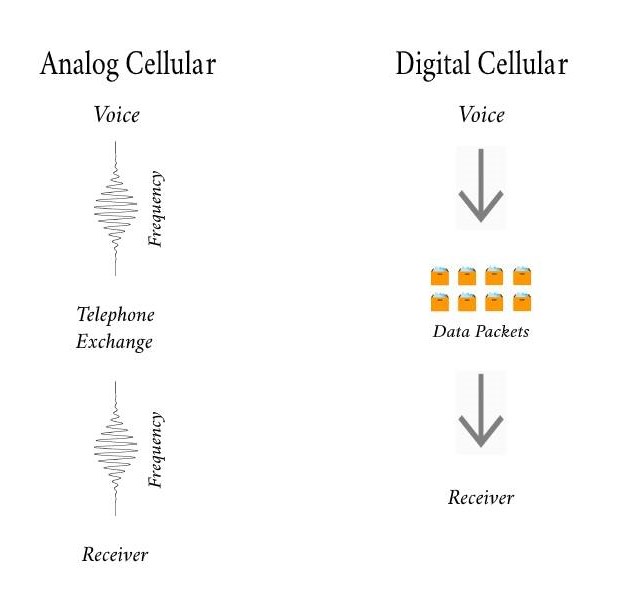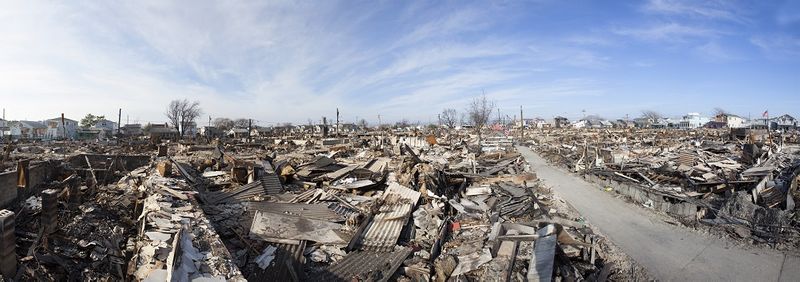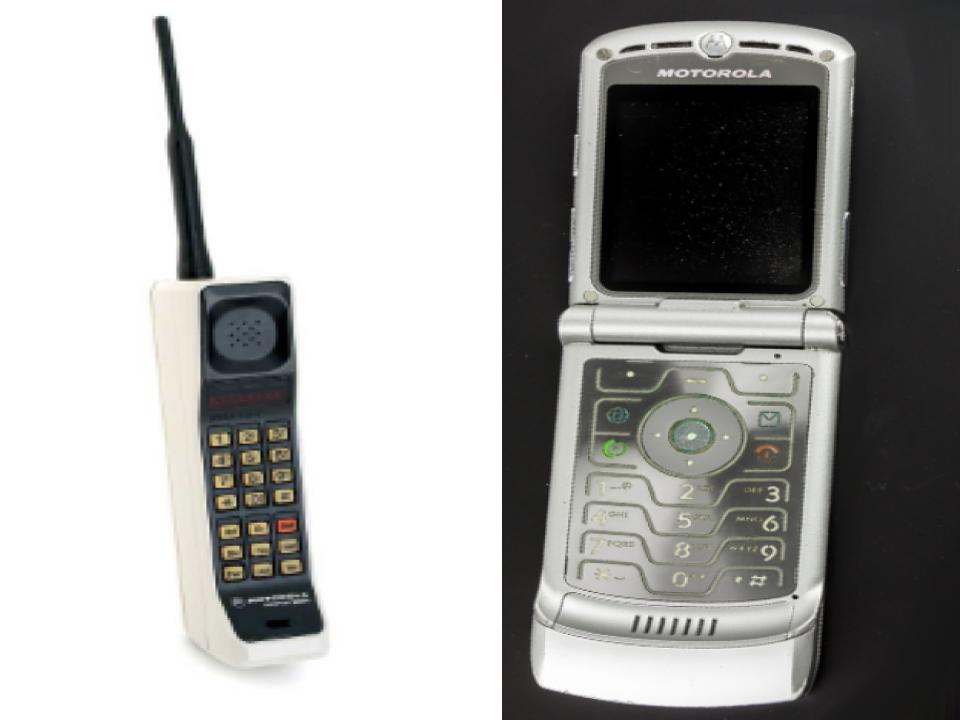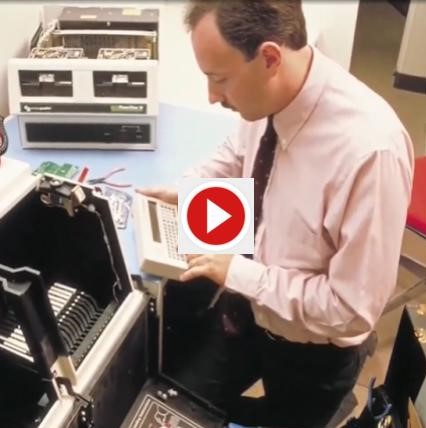The DynaTAC 8000x was just one step in Motorola’s goal: achieving global communication. "People want to talk to other people - not a house, or an office, or a car. Given a choice, people will demand the freedom to communicate wherever they are, unfettered by the infamous copper wire. It is that freedom we sought to vividly demonstrate..." (Martin Cooper, qtd. in Taylor, 2013). Motorola broke that wire chain and the historical barrier of stationary communications that it presented. They will be forever remembered for their revolutionary invention.
In the 1990s, Motorola conceived a system of satellites phones that would allow worldwide communication using a cell phone, but without cell towers (Collins, 2018). The company raised over $800 million, but a lack of consumer interest caused the Iridium project to temporarily collapse (Steinbock, 2002).




